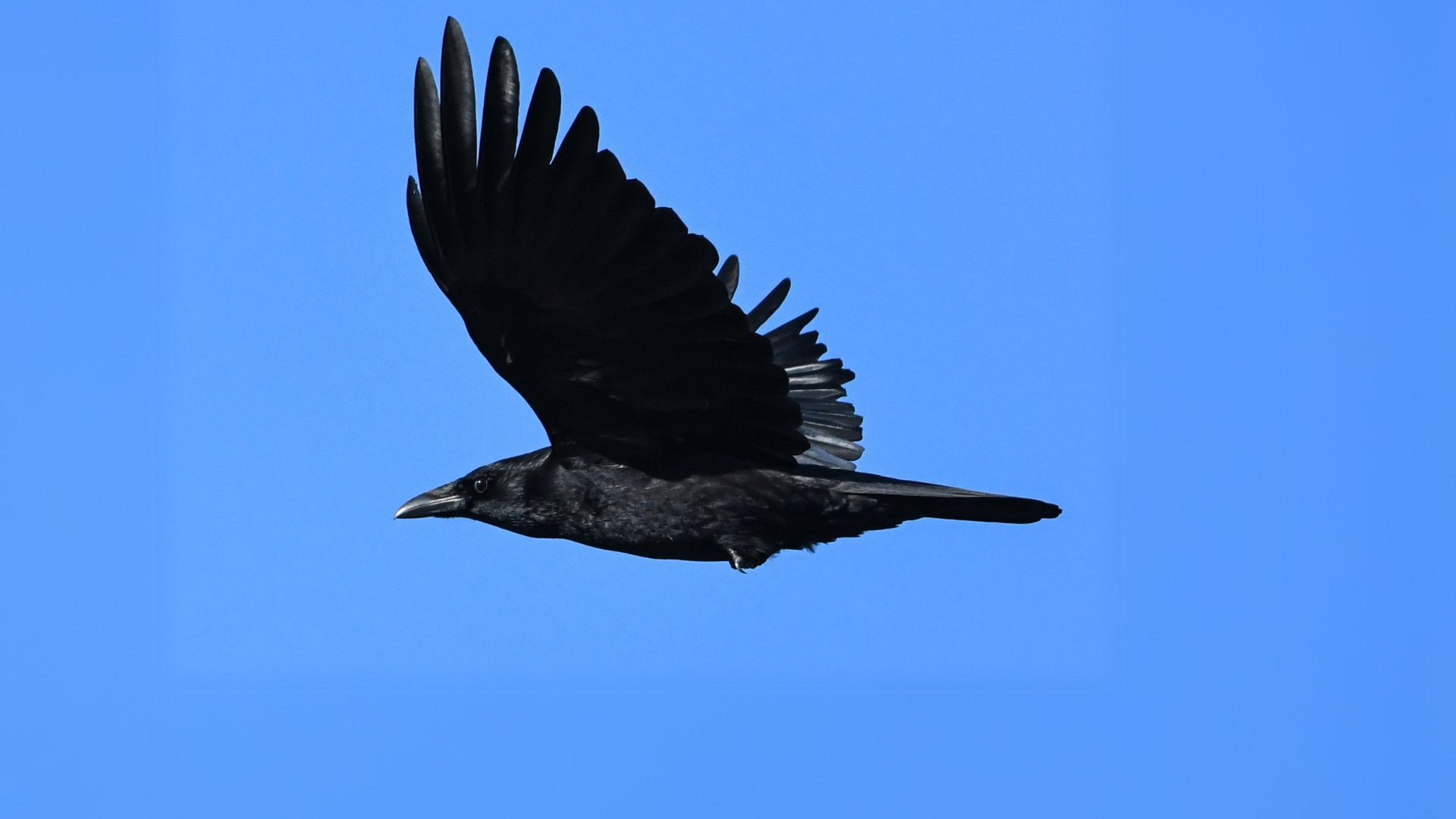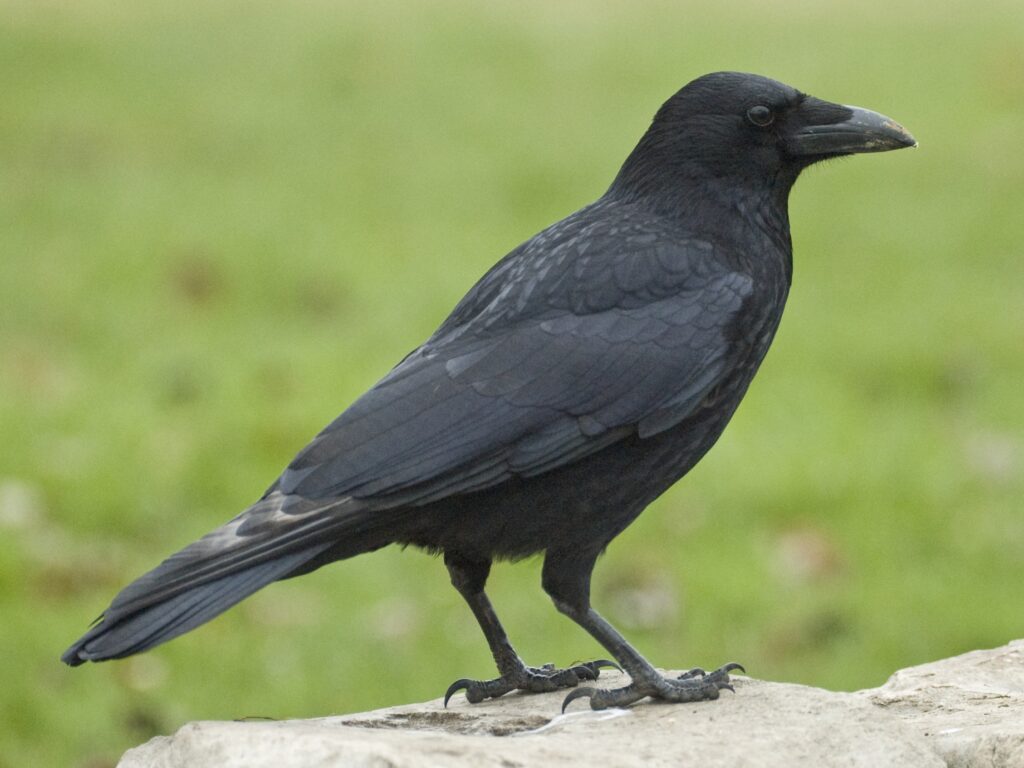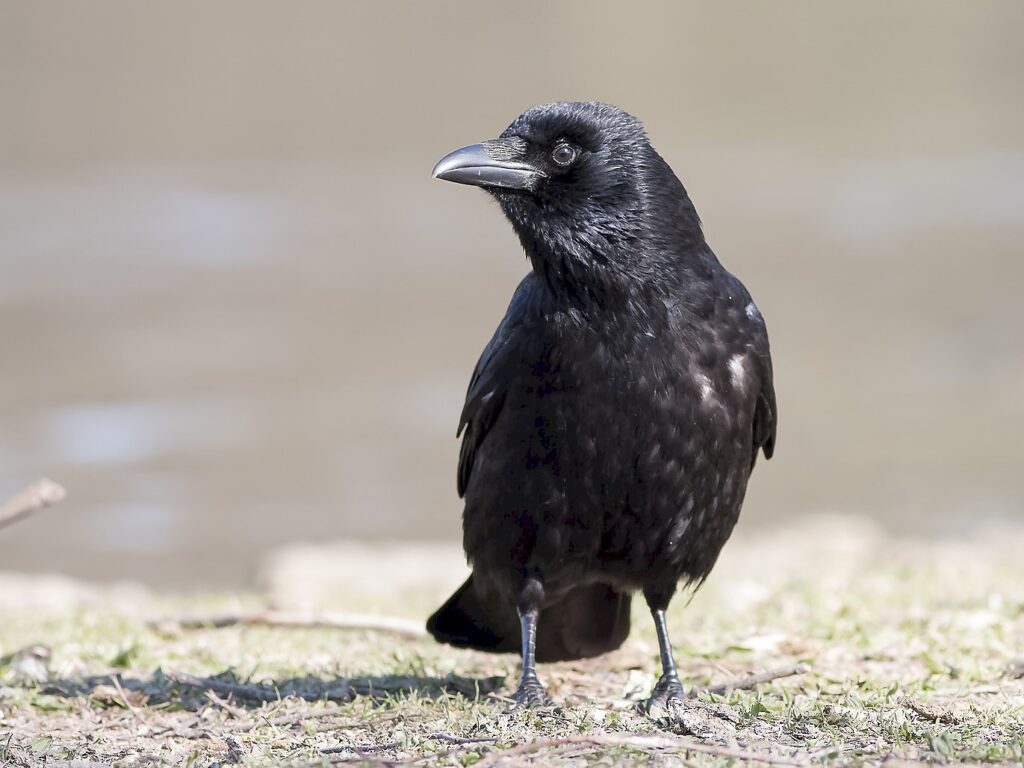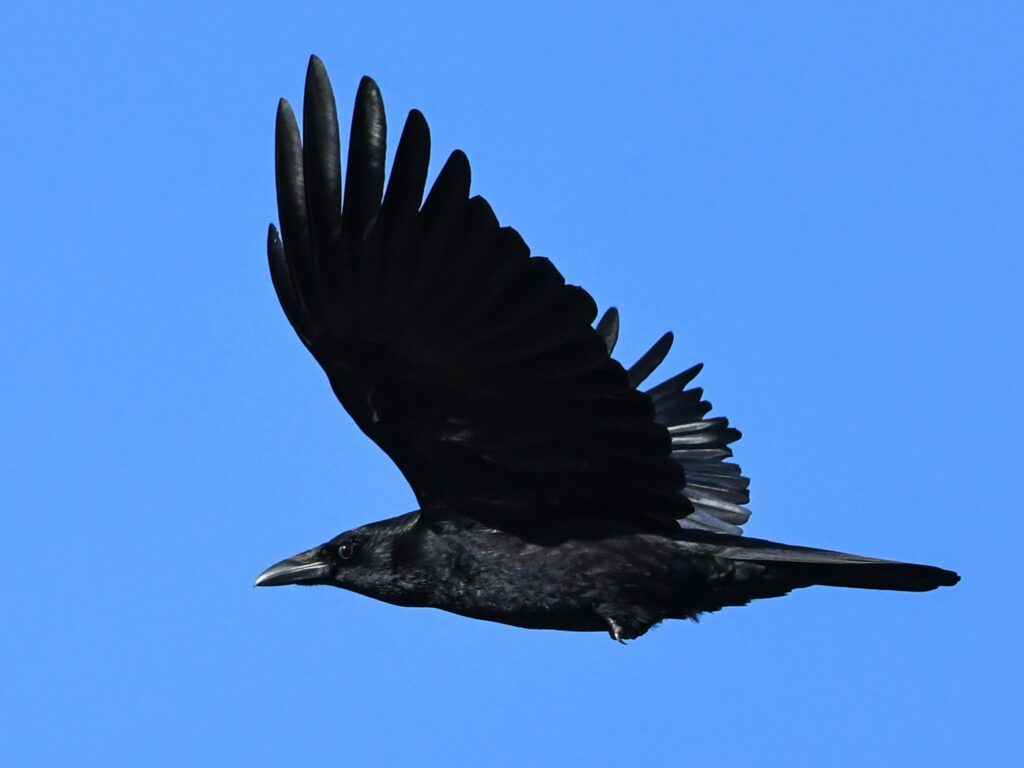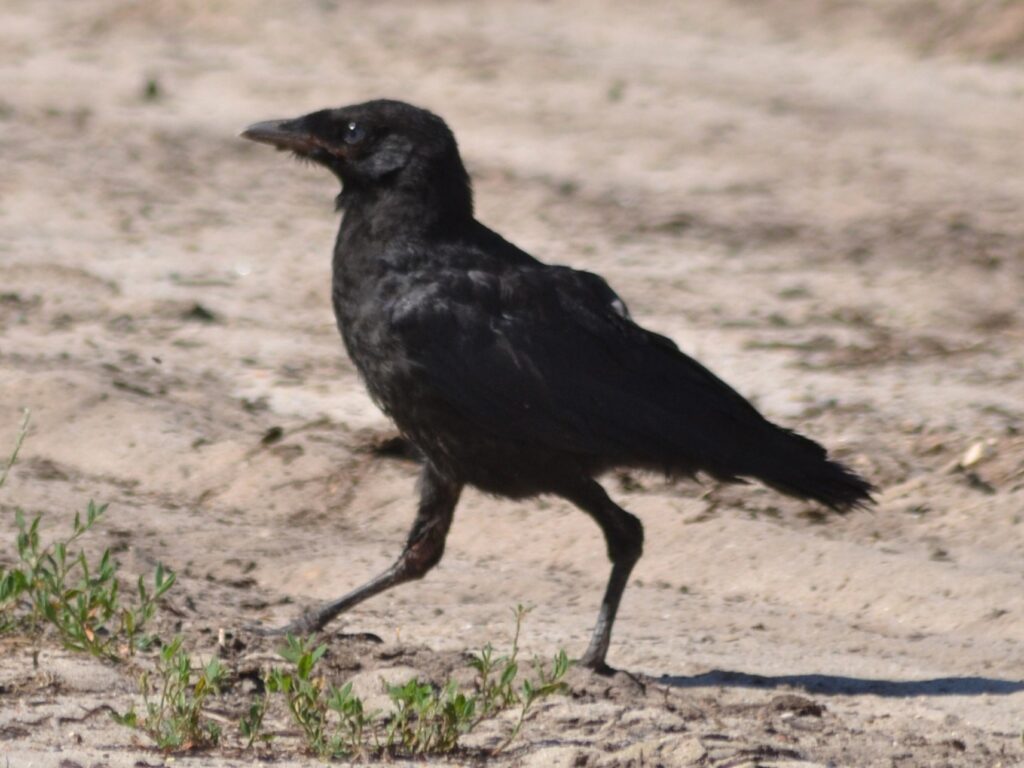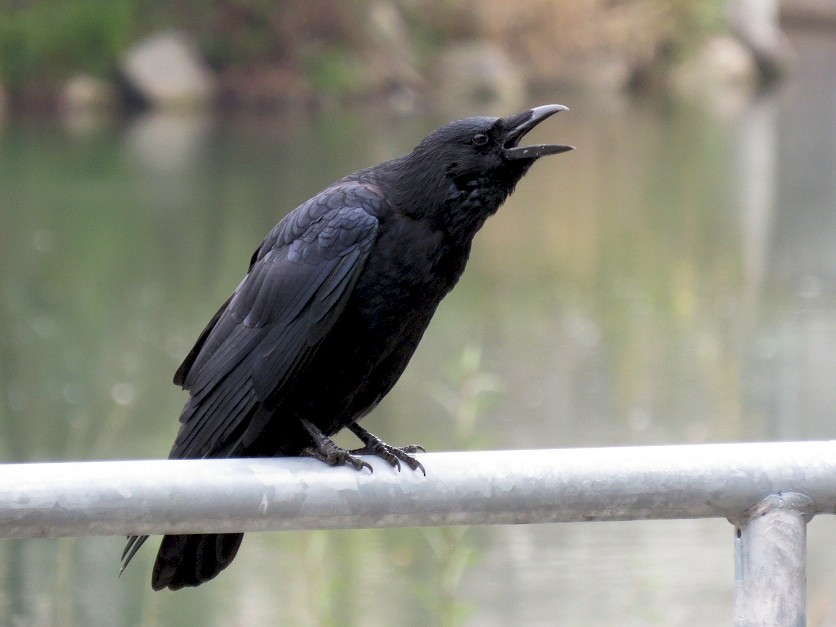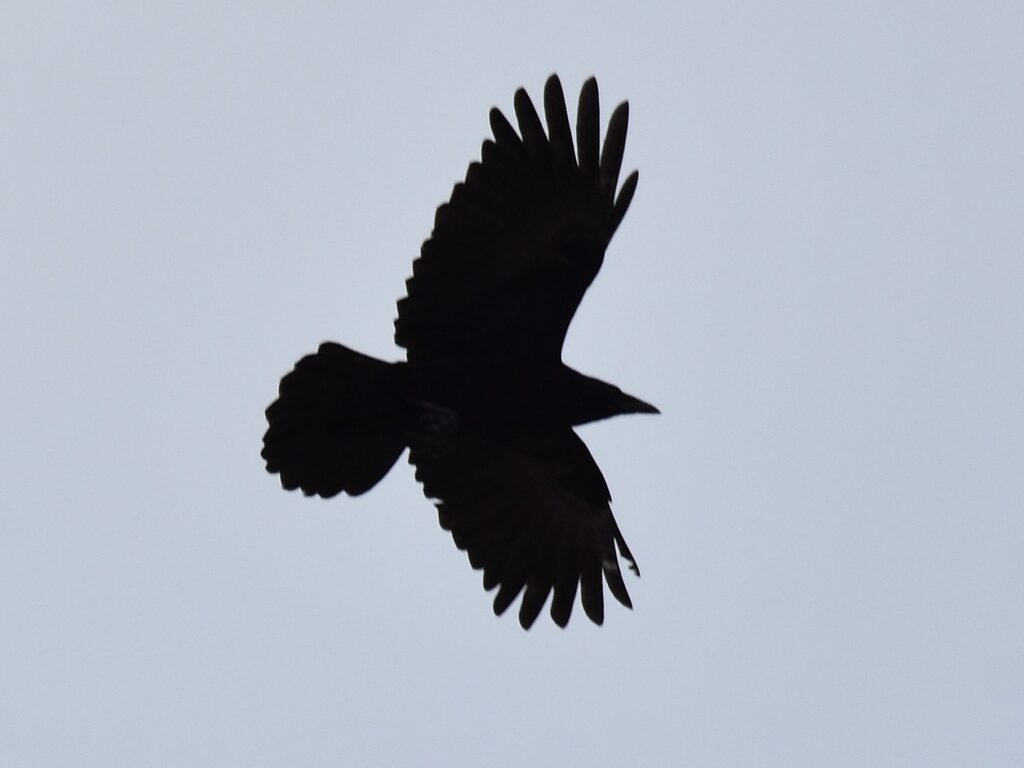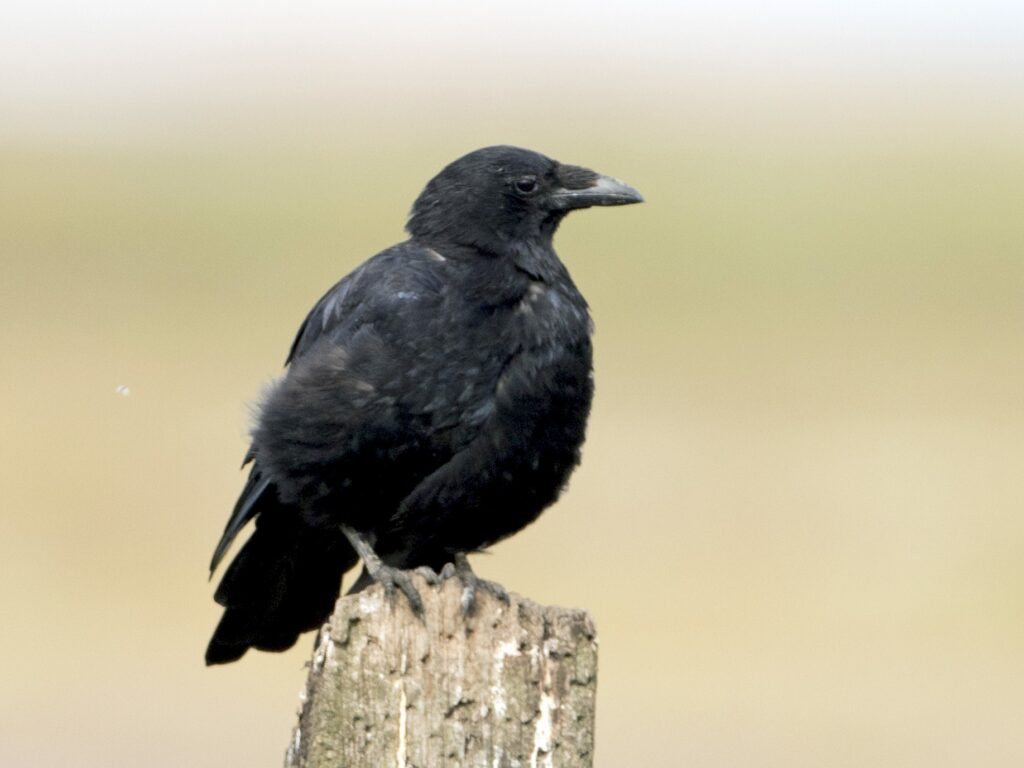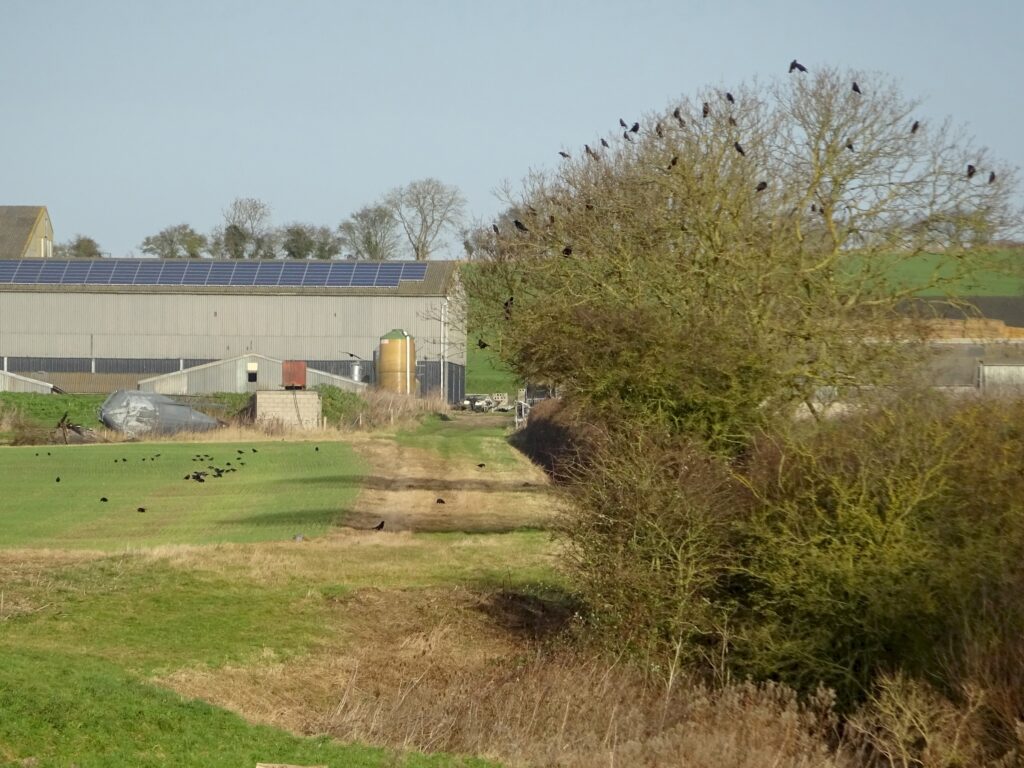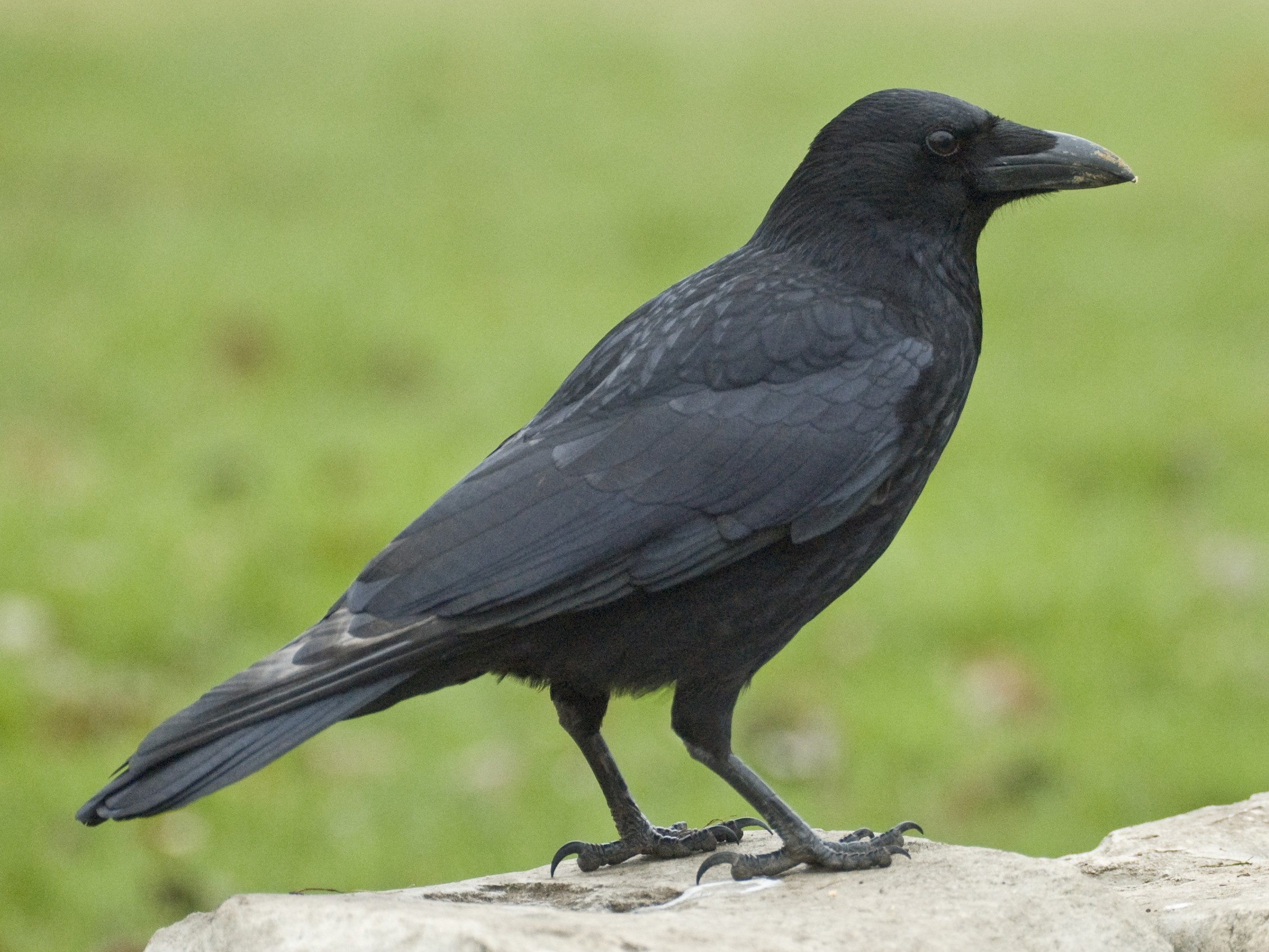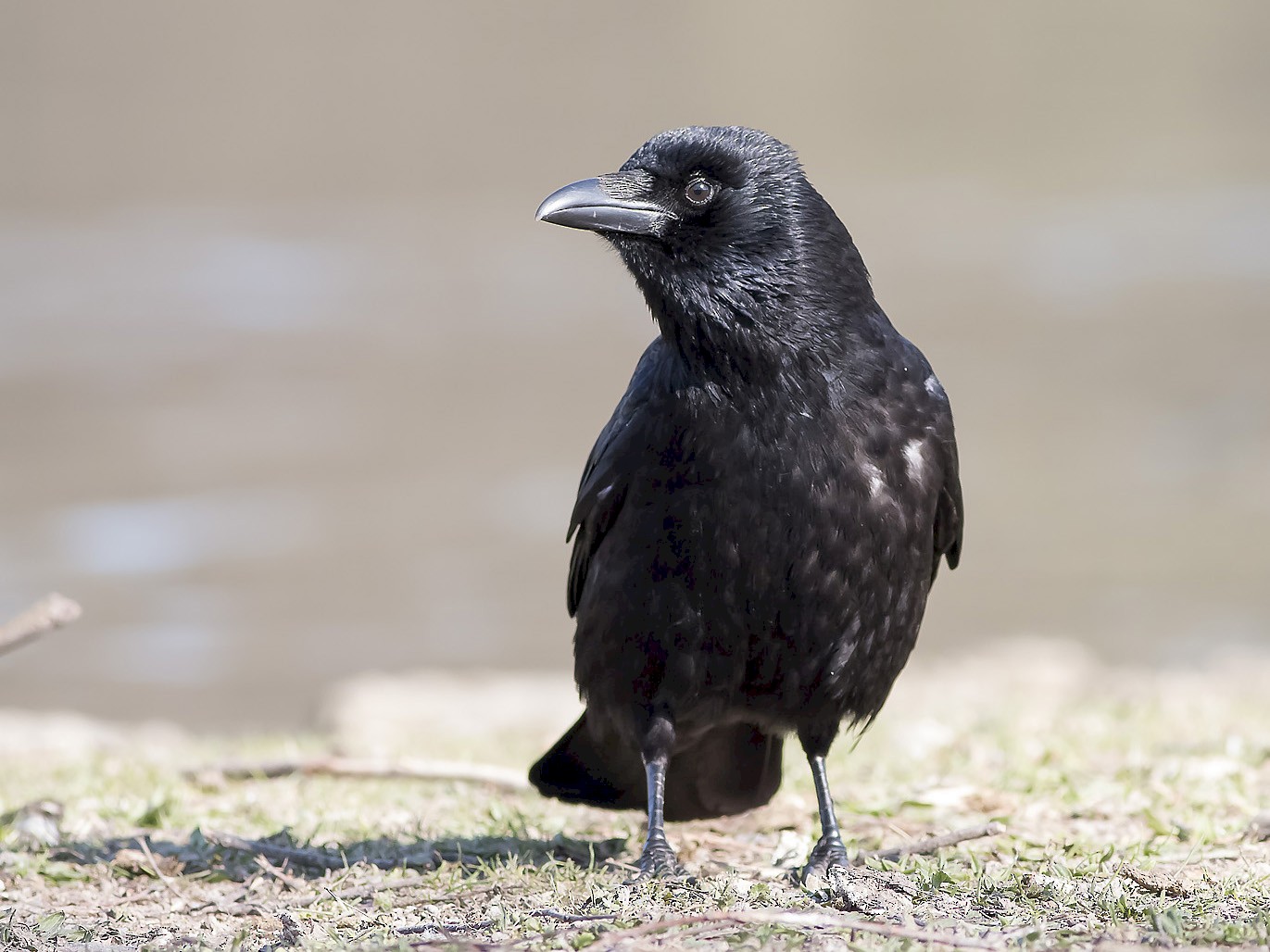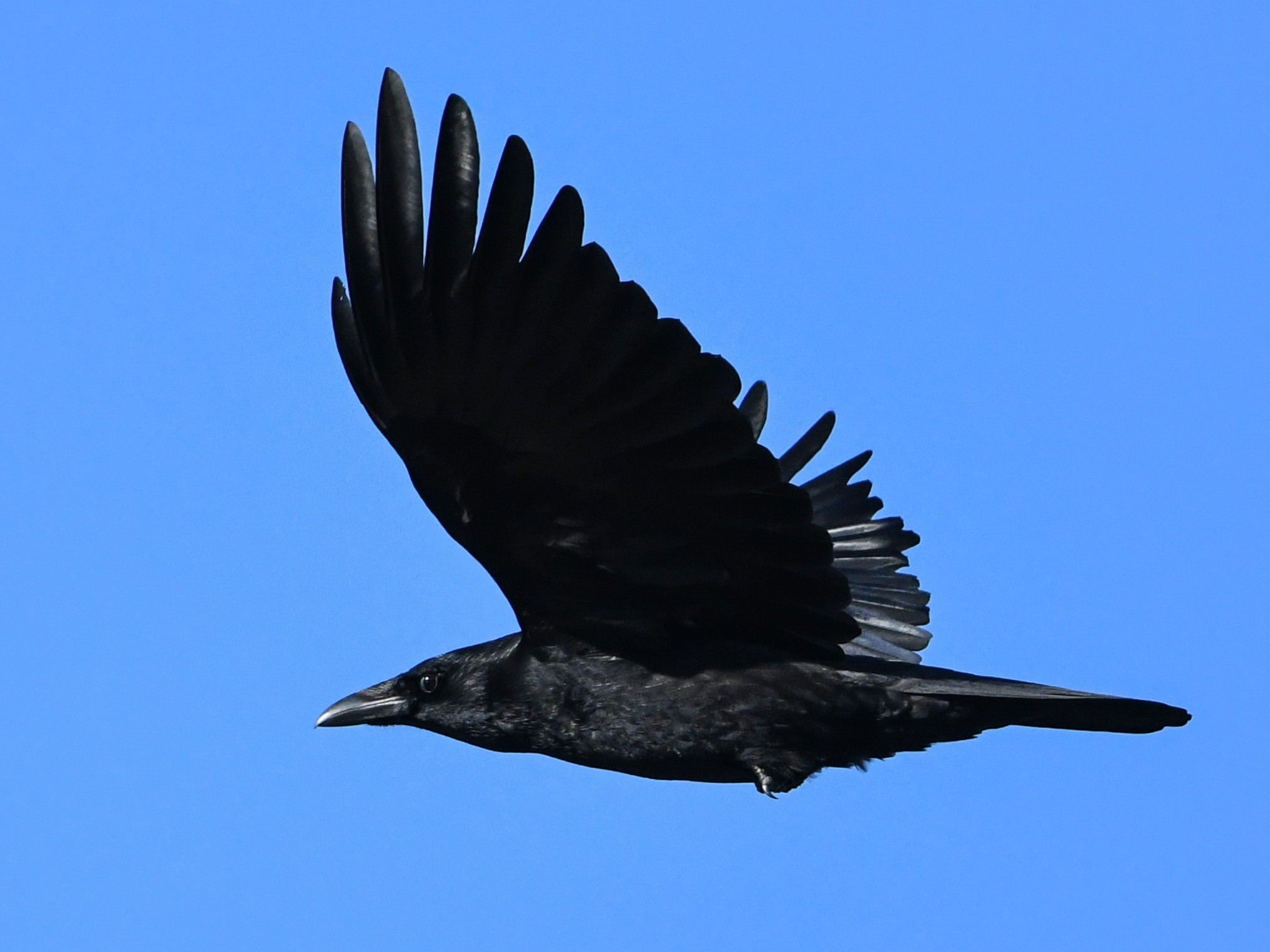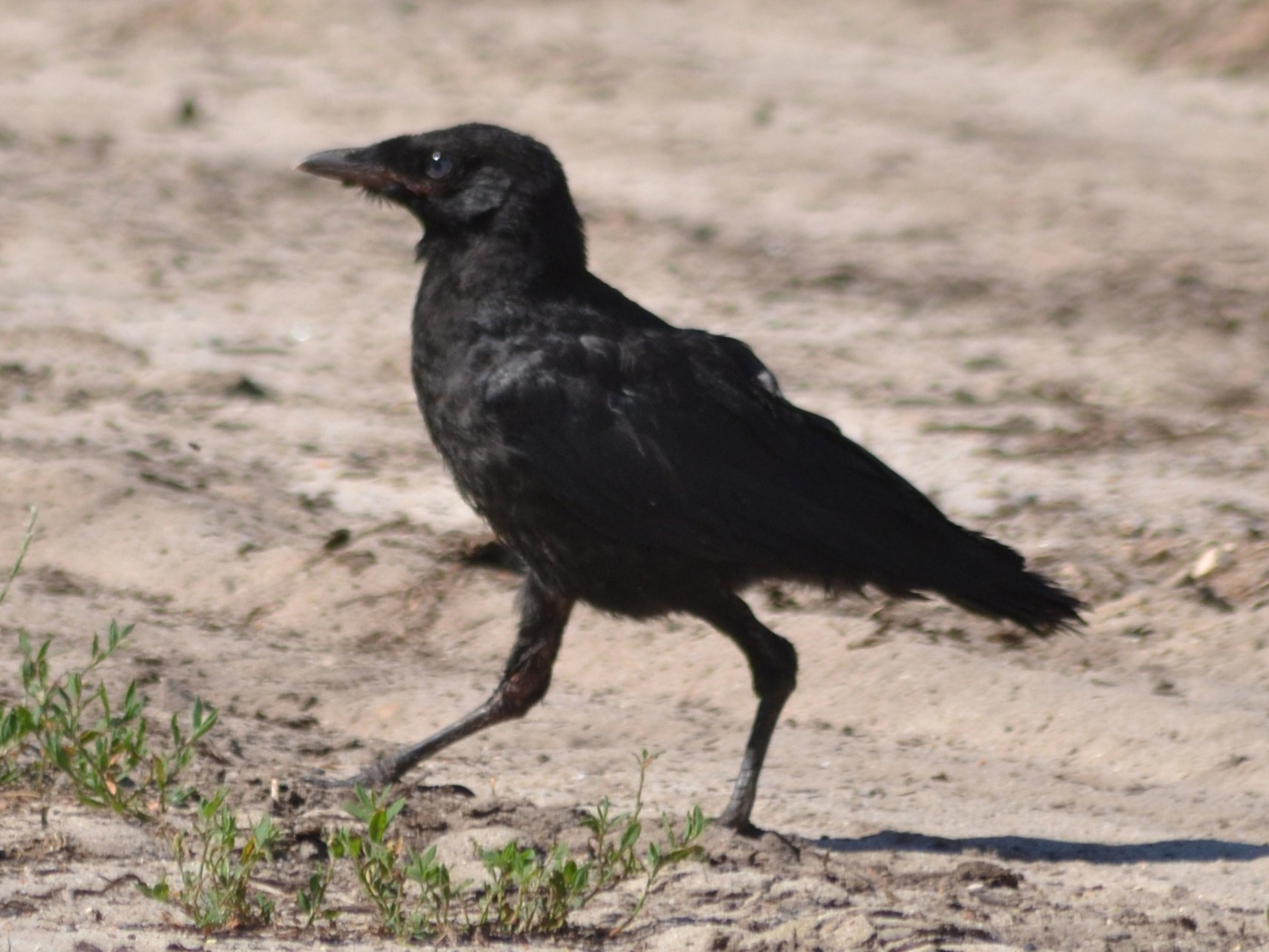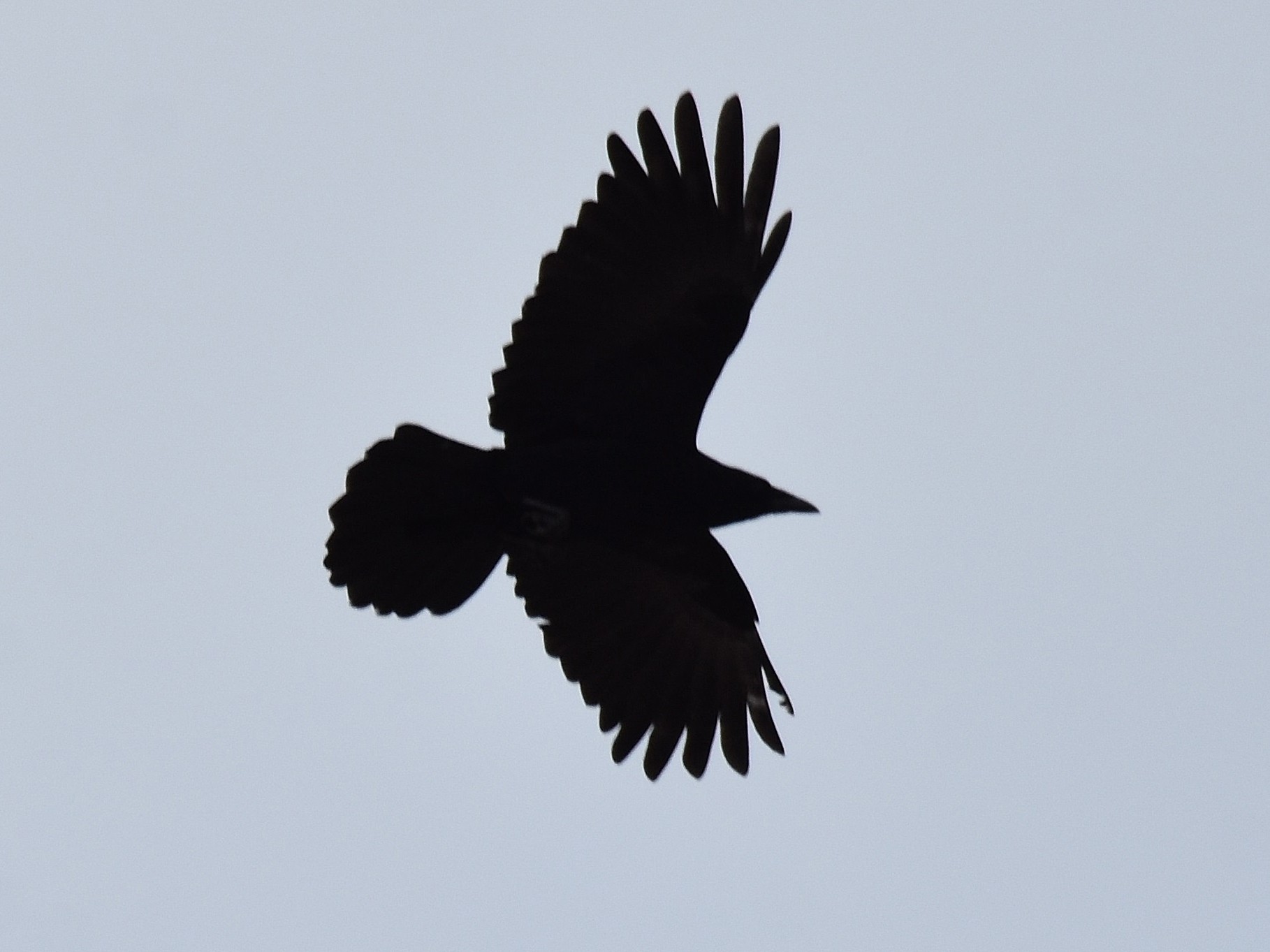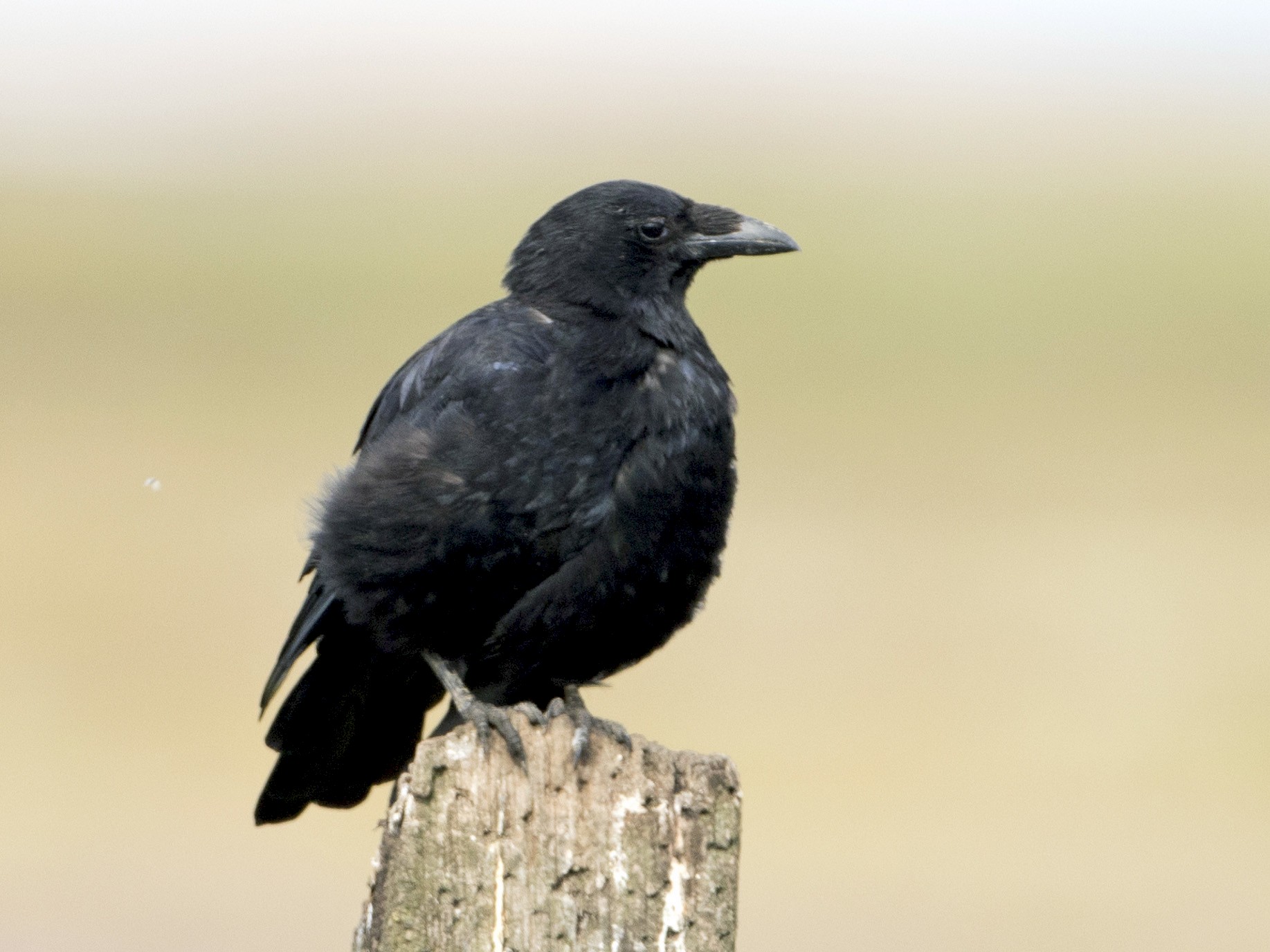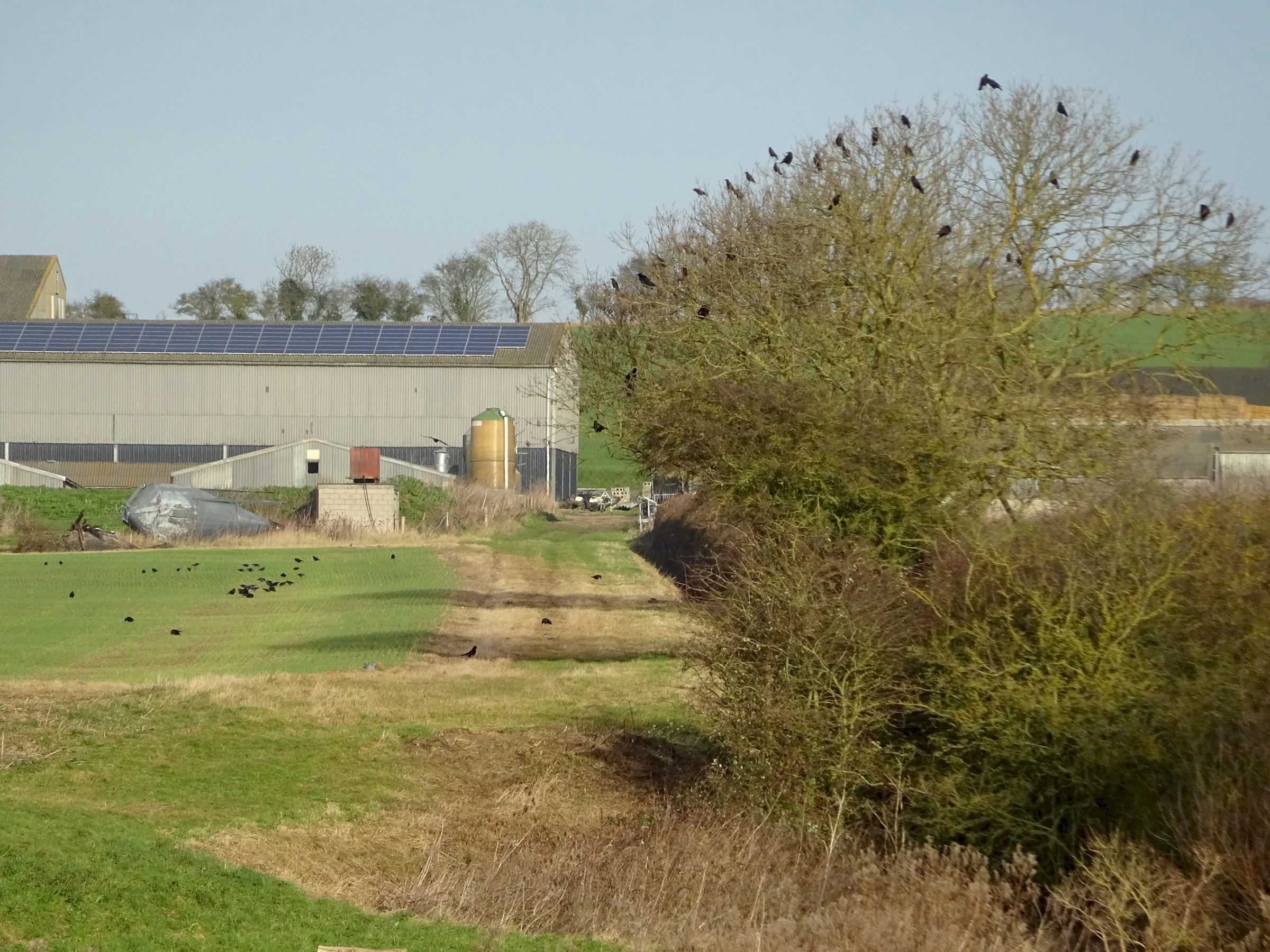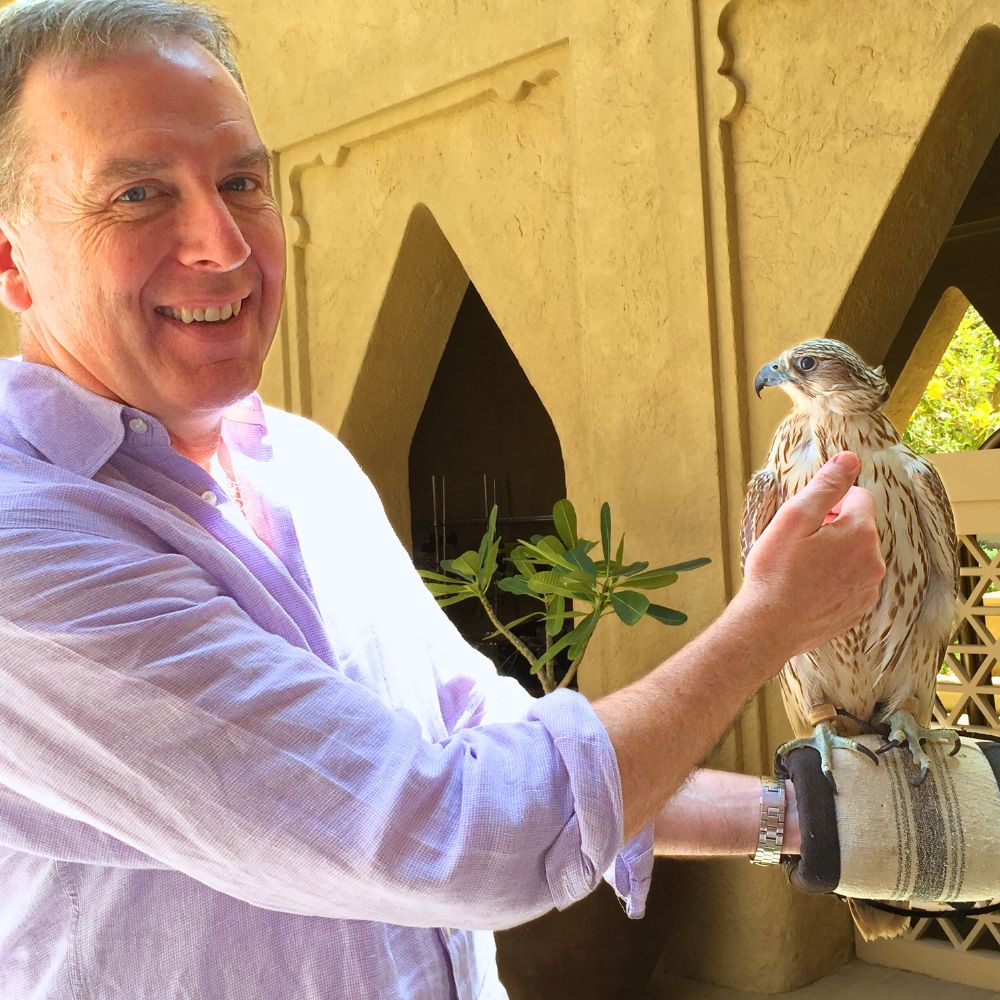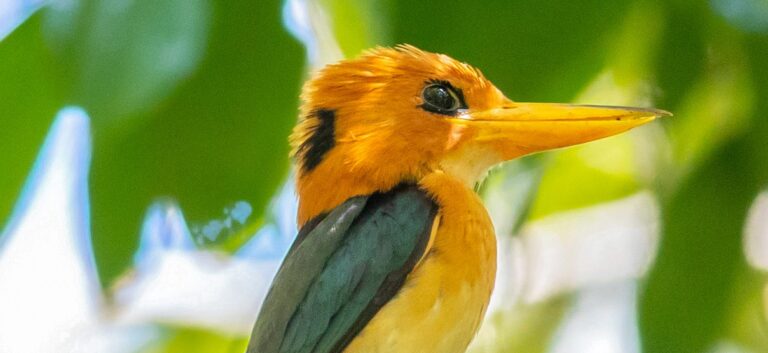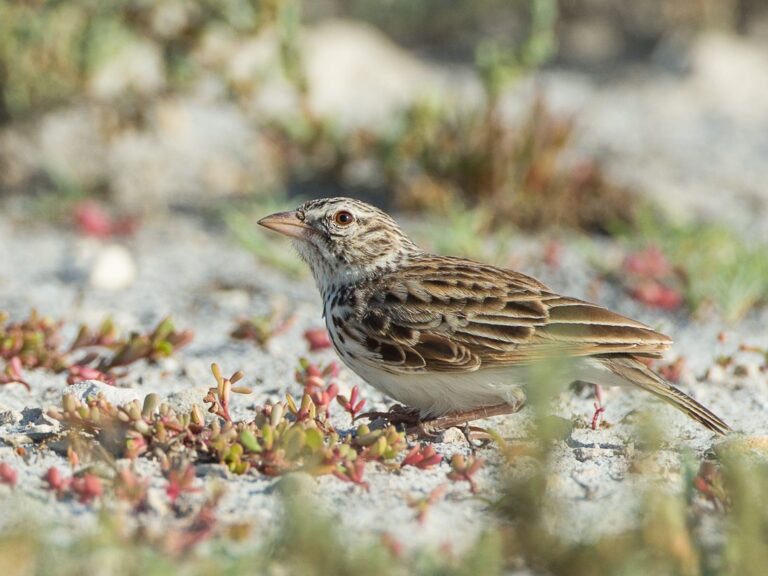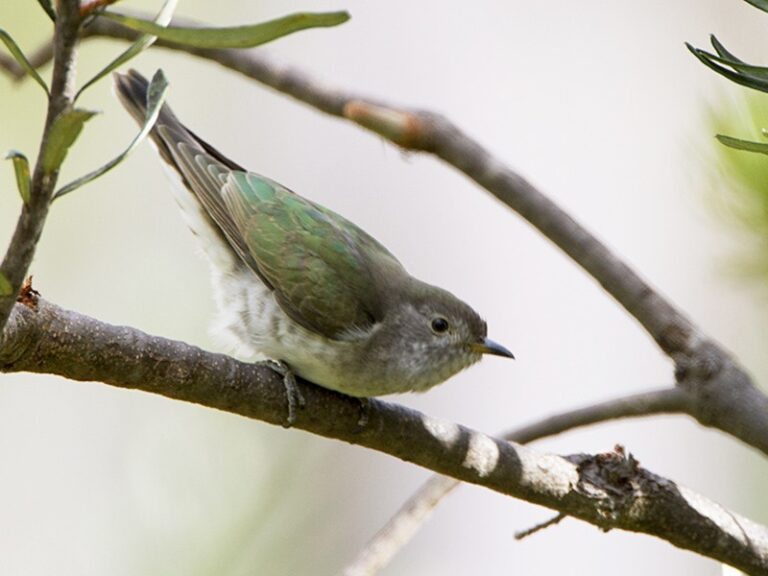Carrion Crow: The Fascinating Adaptability of Nature’s Scavenger
The carrion crow, known scientifically as Corvus corone, is a prominent bird in the British Isles and much of Europe. Recognized for its adaptability and intelligence, this corvid often thrives in urban and rural settings alike. Understanding this bird’s behavior and ecological role reveals how it contributes to the ecosystem and culture in the regions it inhabits.
With striking black plumage, keen foraging ability and vocalizations, carrion crows are often seen in fields and parks. Their diet mainly consists of small animals, seeds, and even human food scraps, showcasing their resourcefulness. These birds are not just scavengers; they also display complex social behaviors and communication methods that make them fascinating subjects for study.
Their presence has influenced various cultural aspects over time, symbolizing different things in folklore across Europe. As conservation continues to be a vital concern for many species, understanding the carrion crow’s role in the ecosystem helps emphasize the importance of maintaining healthy habitats for all wildlife.
Key Takeaways
- Carrion crows are highly adaptable birds that thrive in various environments.
- They play a crucial role in the ecosystem by scavenging and cleaning up waste.
- Cultural perceptions of carrion crows vary widely across different regions in Europe.
Taxonomy and Classification
The taxonomy of the Carrion Crow reveals its complex relationships with other crows and its subspecies. Understanding its classification helps clarify its role in ecosystems and highlight its similarities and differences with related species.
Species Overview
The Carrion Crow, scientifically known as Corvus corone, belongs to the Corvidae family. This species is commonly found in Europe and parts of Asia. It is a medium-sized bird, recognized by its all-black plumage and distinctive cawing calls. It often inhabits urban areas, farmland, and forests.
The Carrion Crow is often confused with the Hooded Crow (Corvus cornix), which has a grayish body and black head. Despite their similarities, these two species are distinct, differing mainly in appearance and behavior.
Subspecies and Distribution
The Carrion Crow has several subspecies that vary geographically. These include Corvus corone corone, found in England and parts of Germany, and Corvus corone orientalis, present in Eastern Europe and Asia.
These subspecies adapt well to different habitats, from rural landscapes to urban environments. Their distribution usually overlaps with Hooded Crow populations, particularly in northern areas.
Hooded Crows and Hybridization
Hooded Crows and Carrion Crows often interbreed, resulting in hybrids. These hybrids exhibit characteristics of both parent species. In regions like Scotland and Germany, hybridization is common, leading to unique plumage and vocalizations.
Hybrid crows can make identification tricky for birdwatchers and researchers. They often have mixed black and gray feathers, making them stand out. Understanding these hybrids is key to studying the evolutionary relationships between Corvus corone and Corvus cornix.
Physical Characteristics
Carrion Crows are notable for their distinct physical traits. Their size, appearance, and coloration help in identifying them. They have similarities with Hooded Crows but also unique features that set them apart.
Size and Appearance
Carrion Crows are medium-sized birds with a body length ranging between 16 to 21 inches. They typically weigh between 14 to 21 ounces. Their wingspan can reach approximately 39 to 46 inches.
They have a robust body shape, with a strong, straight bill that helps them scavenge. Their eyes are dark and convey an intelligent look. The crows have a relatively long, square-shaped tail that aids in their flight.
Coloration and Iridescence
The plumage of the Carrion Crow is primarily black and exhibits a remarkable iridescent quality. In sunlight, their feathers can show shades of purple, green, or blue, enhancing their striking appearance.
The color of the Hooded Crow, while similarly dark, includes a distinctive gray hood. This difference helps birdwatchers and researchers identify the species. The breast of the Carrion Crow, rich in deep black, adds to its bold look in various habitats.
Behavior and Ecology
Carrion Crows display complex behaviors and social structures. Their ecological roles are vital in their habitats. Understanding their social organization, feeding habits, and life cycle reveals their adaptive strategies in diverse environments.
Social Structure
Carrion Crows often form strong social groups. These birds tend to live in pairs or small family groups, but larger flocks can also be seen, especially when foraging. Their social interactions include vocalizations and body language.
Hierarchy plays a role in these groups. Dominance can influence feeding opportunities. Young crows often learn behaviors from adults, creating social bonds and opportunities for cooperation.
Sometimes, they display cooperative breeding. This behavior allows younger birds to assist in raising siblings. Such strategies may enhance survival rates for their offspring.
Diet and Foraging Habits
The diet of Carrion Crows is quite varied. They feed on worms, insects, and other small animals. They are also known to scavenge, often eating carrion when available. This adaptability makes them resilient in changing environments.
Foraging behavior is generally opportunistic. Crows can be seen using tools to access food, demonstrating intelligence. They may work together in groups to disturb soil or flush prey from cover.
Seasonal changes affect their diet. In spring, they may focus more on insects and worms, while during winter, they might scavenge for scraps from human activity.
Reproduction and Life Cycle
The breeding season for Carrion Crows typically occurs in spring. Mating pairs are monogamous and may remain together for several years. They build nests in trees, using twigs and other materials.
The female lays about 3 to 6 eggs, which she incubates for approximately 18 days. Both parents participate in feeding the young once they hatch. Juvenile crows remain dependent for some time, learning vital skills from their parents.
Nurturing young crows in a family group can enhance survival. This species exhibits a range of behaviors that contribute to their success in diverse habitats. The Carrion Crow’s adaptability in diet and social structure plays a critical role in its ecology.
Carrion Crow in Culture
The carrion crow holds a notable place in various cultural contexts throughout history. Its representation varies widely, from symbolizing death to embodying intelligence and adaptability in modern society. Understanding both its historical significance and contemporary perceptions can provide deeper insight into its cultural impact.
Historical Significance
In many European cultures, the carrion crow has been associated with death and the supernatural. Its black feathers and scavenging habits often link it to omens and folklore. For instance, in ancient Celtic mythology, crows were seen as the messengers of the gods. They were revered in battles and often appeared on the battlefield, believed to guide souls to the afterlife.
Furthermore, literature has depicted crows as symbols of foreboding. In works by Shakespeare and Edgar Allan Poe, these birds often serve as harbingers of doom. Their role in historical events and myths highlights their importance in shaping human perceptions of nature’s darker elements.
Contemporary Perceptions
Today, the carrion crow is viewed with a mix of admiration and disdain. Many people recognize its intelligence and problem-solving skills. Research has shown that they can use tools and are capable of complex social behaviors. This has led to a growing appreciation for crows as highly adaptive creatures.
In urban areas, the carrion crow thrives, often seen scavenging in parks and streets. This adaptability is admired by some, while others consider them pests due to their foraging habits. Popular culture has also contributed to its mixed reputation, with crows appearing in various media as both sinister and wise figures.
This blend of respect and negativity illustrates the carrion crow’s intricate role in modern society.
Conservation Status
The Carrion Crow, known scientifically as Corvus corone, is a commonly found bird in several regions, especially in Europe and parts of Asia. Its population trends indicate stability in many areas, but localized declines have been observed.
Habitat is essential for the survival of Carrion Crows. They thrive in a variety of environments, including farmland, urban areas, and woodlands. Their adaptability contributes to their overall population numbers.
In the United Kingdom, studies of pest species, including Carrion Crows, show fluctuations in their populations. The report on population trends highlights the need for ongoing monitoring to ensure they remain stable. The Joint Nature Conservation Committee has emphasized these assessments for better conservation practices.
The conservation status of the Hooded Crow, often compared to the Carrion Crow, varies. Though closely related, the Hooded Crow has different habitat preferences and population dynamics.
Efforts to protect habitats play a critical role in conserving both crows. Preserving green spaces and understanding their feeding habits, especially in relation to waste disposal sites, can aid in maintaining healthy populations of Carrion Crows.
Overall, while the Carrion Crow shows resilience, continued efforts are necessary to monitor and protect its habitats to ensure its future.
Frequently Asked Questions
This section addresses common questions about carrion crows, focusing on their calls, physical differences, lifespan, behaviors, and habitat. Each point provides specific insights into this fascinating corvid species.
What distinguishes the call of a carrion crow from other corvids?
The call of a carrion crow is a distinct, harsh “caw” sound. This vocalization can be easily confused with the calls of other corvids, but it is shorter and sharper. In contrast, the calls of ravens are deeper and more resonant.
How can one differentiate between male and female carrion crows?
Male and female carrion crows have similar physical appearances, making them hard to distinguish. Typically, males are slightly larger than females. Behavior during mating season may offer clues, as males often call more and display more prominently than females.
What are the primary differences between carrion crows and ravens?
Carrion crows are smaller than ravens, with a wingspan of about 33 to 39 inches. Ravens have a longer, wedge-shaped tail, while the tail of the carrion crow is more rounded. Additionally, crows have a more slender beak compared to the thicker and more robust beak of ravens.
What is the average lifespan of carrion crows in the wild?
In the wild, carrion crows typically live for about 3 to 5 years. However, some individuals can reach over 10 years in favorable conditions. Their lifespan can be affected by factors such as food availability and habitat quality.
Are carrion crows known for demonstrating aggressive behaviors?
Yes, carrion crows can display aggressive behaviors, especially during nesting season. They may defend their territory against intruders and compete with other birds for food. This behavior can include mobbing larger predators or other birds that threaten their nest.
Is the habitat of carrion crows overlapping with any regions in the United States?
Carrion crows primarily inhabit Europe and parts of Asia. In the United States, they are often confused with the common raven and American crow. Their range does not typically extend into the U.S., where other corvid species dominate.
